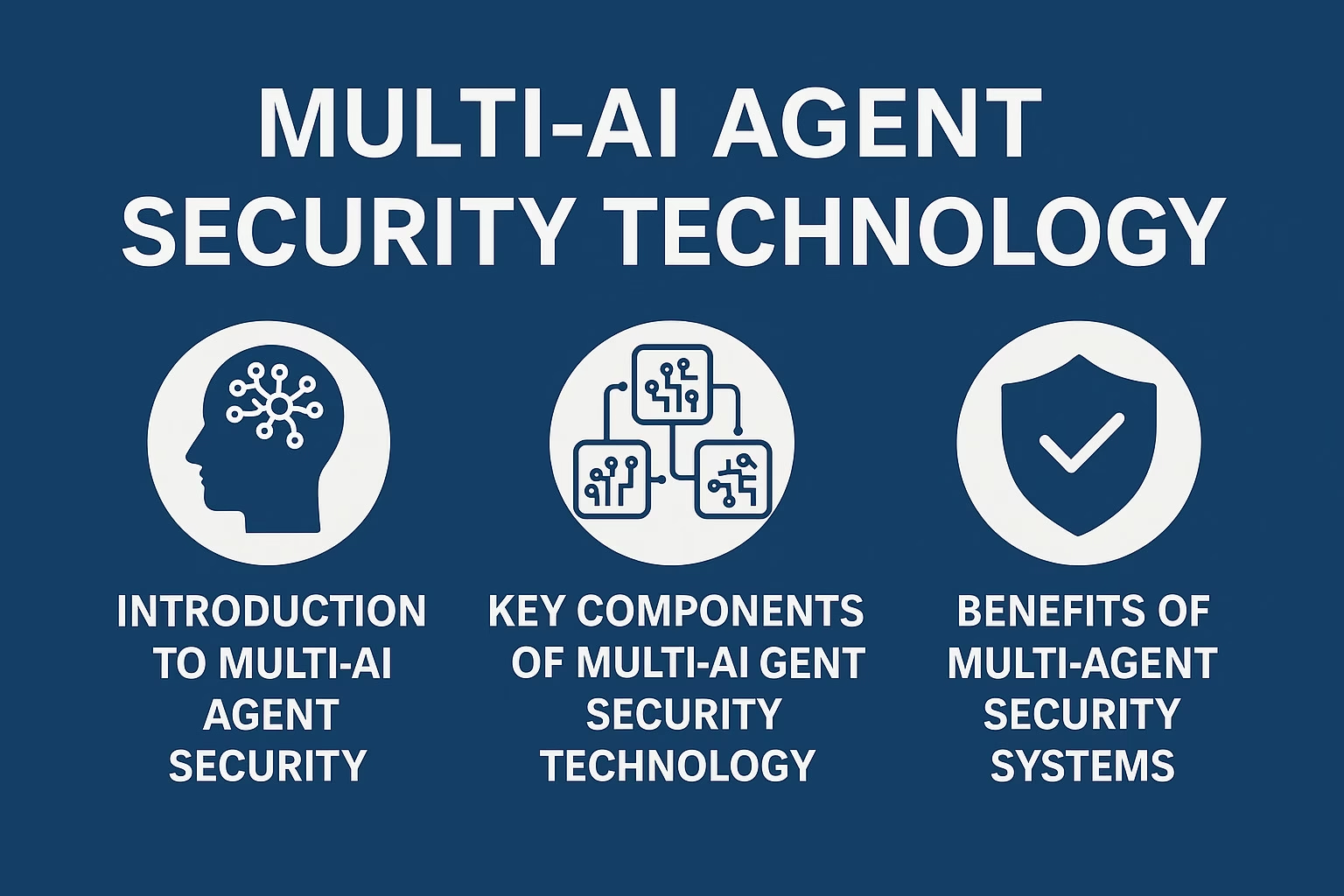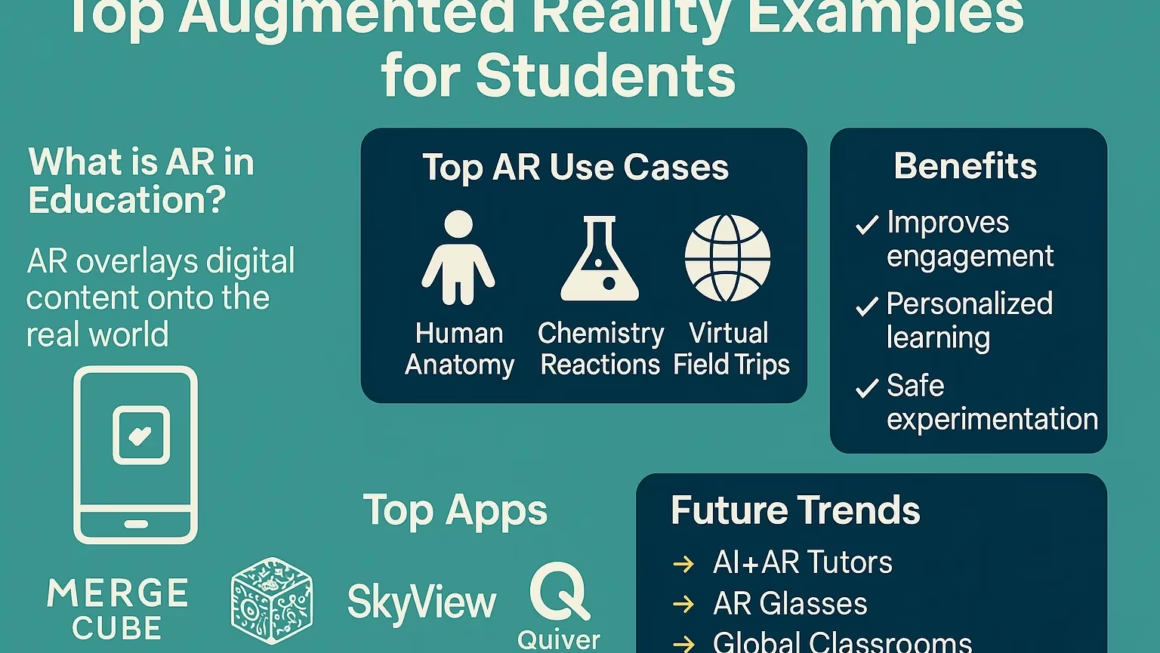Multi-AI Agent Security Technology
This approach makes use of a network of AI agents to spot, investigate, defend against and prevent different cyber threats. The decentralized and intelligent nature of the security framework improves the detection of threats, allows faster reactions and provides effective and expanding defense against advanced cyber attacks.
What does Multi-AI Agent Security Technology?
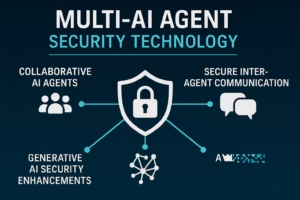
Multi-AI Agent Security Technology consists of assigning AI agents to multiple locations in an IT system, where they team up to track, review and block possible cyber security threats. Some agents take actions on their own, while others work together to guard various areas of the network such as endpoints, applications, clouds and IoT devices.
Why Does Multi-AI Agent Security Matter?
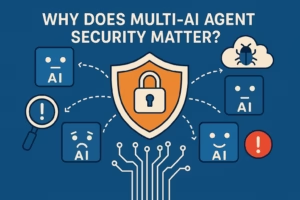
At present, with everyone moving online, cyber threats are more difficult to spot using traditional methods. Being able to work in real time, multi-agent AI security can detect threats, adapt to new situations and respond quickly, helping to defend against zero-day attacks, APTs and ransomware. If various AI agents collaborate, the system spotlights even slight abnormalities and responds without much help from people.
Important Aspects of Multi-AI Agent Security Technology?
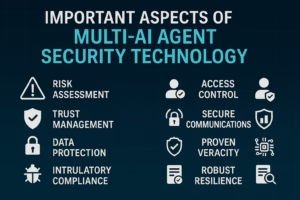
1. The architecture used in Distributed AI Agents
AI-based security agents are purposely set up at various points within the network. Because of its distributed structure, threats can be detected locally, users can monitor everything better and key problems do not threaten the entire cloud at once. An agent could be set up to handle security activities that target items such as detecting break-ins, watching the network or protecting the endpoints.
2. Talking and working together among agents
To maintain a correct and smooth-running system, AI agents must pass information efficiently. Guided by set procedures and safe methods, the agents exchange details, agree upon alarms and decide as a group to suppress dangers. Working together increases security since it reduces the risk of missing any abnormality.
3. Self-directed Threat Response Systems
One great feature is that Multi-AI Agent Security can initiate responses against threats automatically. AI systems in Security Operations Centers can detect troublesome devices, stop harmful processes and modify firewall policies on their own. A fast response from the machine reduces the impact of security incidents and the duration they persist.
Top Advantages of Using Multi-AI Agent Security Technology?
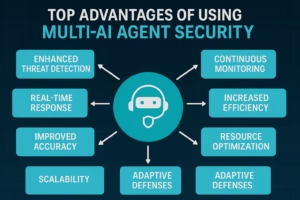
1. Threat Intelligence in Real-Time and Based on Predictions
Multi-agent systems are designed to regularly gather and study huge amounts of information from a range of sources. With this, threat intelligence and predictions are created in real time. Using studies of how attacks happen, what users typically do and any unusual activity on the network, the system can plan defense ahead of time.
2. The ability to handle growth and adjust to change
Unlike what we have seen with traditional security systems, Multi-AI Agent Security allows for scalability by design. New agents may be introduced or existing ones may be modified and the system remains unaffected. As a result, this is well suited to use in cloud platforms, environments with both on-premises and cloud solutions and rapidly changing company systems.
3. Improved Failure Tolerance and Replication
The absence of a main AI makes the system capable of handling failures or software breaches. Some agents operate as usual, safeguarding the public. As a result, Multi-AI security is very reliable and can handle various errors well.
4. Keeping Up with Improvements and New Information
Machine learning enables AI agents to become more effective as time goes on. They update their processes by studying historical issues, react to modern dangers and improve their abilities to notice and address problems. This allows the system to remain efficient against new and unknown cyber attacks.
Challenges in Deploying Multi-AI Agent Security Technology?
Inter-Agent Conflict and Synchronization
It is difficult to prevent AI agents from taking actions that work against each other. For a system to function harmoniously, coordinated algorithms must be used to organize its decisions.
Data Privacy and Secure Communication
As AI agents use and store sensitive data, putting adequate encryption and data privacy measures in place is crucial to stop leaks and prevent others from accessing the information.
Agent Compromise
If an AI agent is compromised, the attacker might use it to affect other elements within the system. Thus, every machine on a network should have its own security and authentication software.
Resource Consumption
To run several AI agents, a lot of computer resources and optimized algorithms are needed to address the trade-off between system performance and resource use.
Examples and Uses of Multi-AI Agent Security Technology
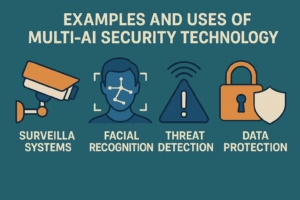
1. Security for Enterprise Network
Multifaceted Artificial Intelligence is used by companies to prevent data theft, spamming and unauthorized access to their systems. Employees are constantly being watched by AI officers through their activity, what they read and their messages.
2. IoT and Edge Device Protection
AI systems integrated into IoT connections alert users to unexpected actions from devices, block botnet attacks and keep smart factories, healthcare systems and homes safe.
3. Cloud infrastructure monitoring
AI agents are deployed in the cloud to observe traffic, app activity and access to APIs to prevent data leaks, issues caused by wrong cloud settings and attacks trying to rise in access privileges.
Evolution of Multi-AI Agent Security Technology
1. Zero Trust Security Frameworks are fully supported by the cloud platform.
Zero Trust architectures will depend on multi-agent AI systems, as each access is checked and no one is trusted automatically.
2. Automated Technology for Cyber Defense and Attack
With AI getting more advanced, systems could contain both defensive and offensive agents. They may also engage in threat hunting, use hidden techniques in defense and have systems where one AI tries to outsmart a harmful one.
3. Good Governance in AI
In the future, Multi-AI Security should ensure that data protection regulations like GDPR and CCPA are met. These designs need to respect users’ privacy and be transparent.
